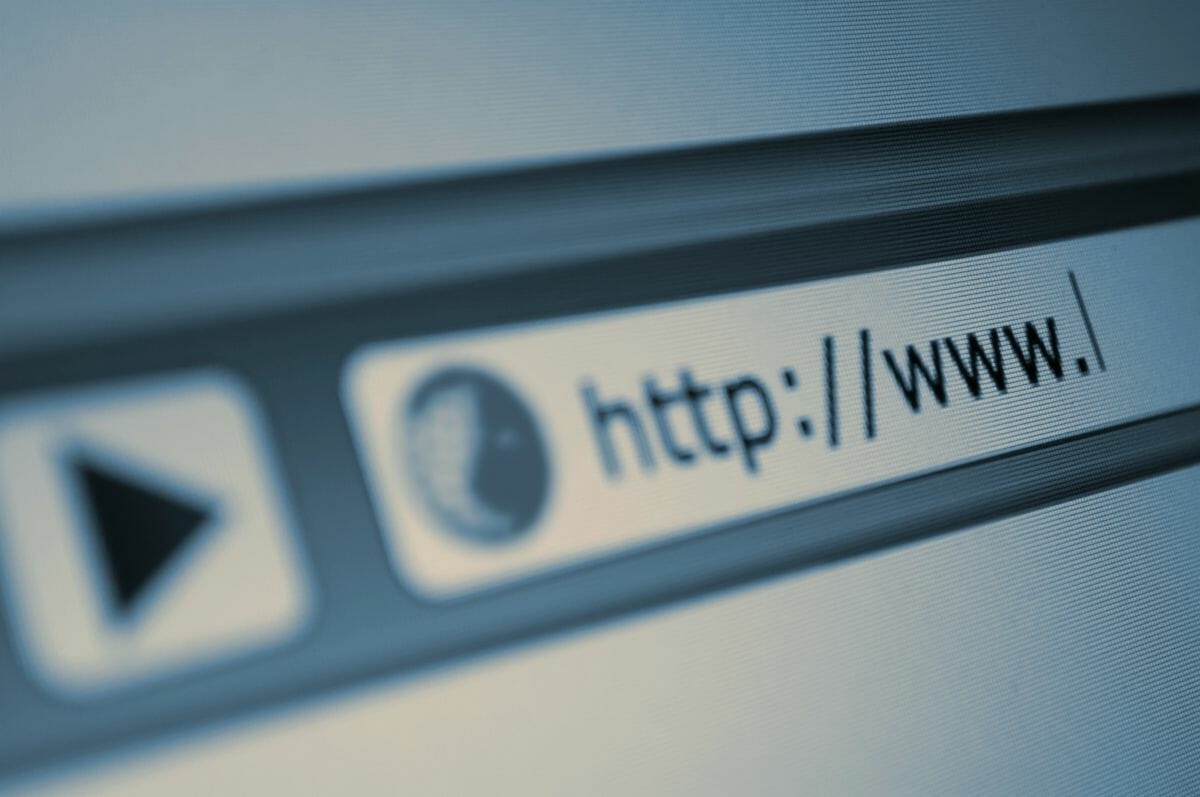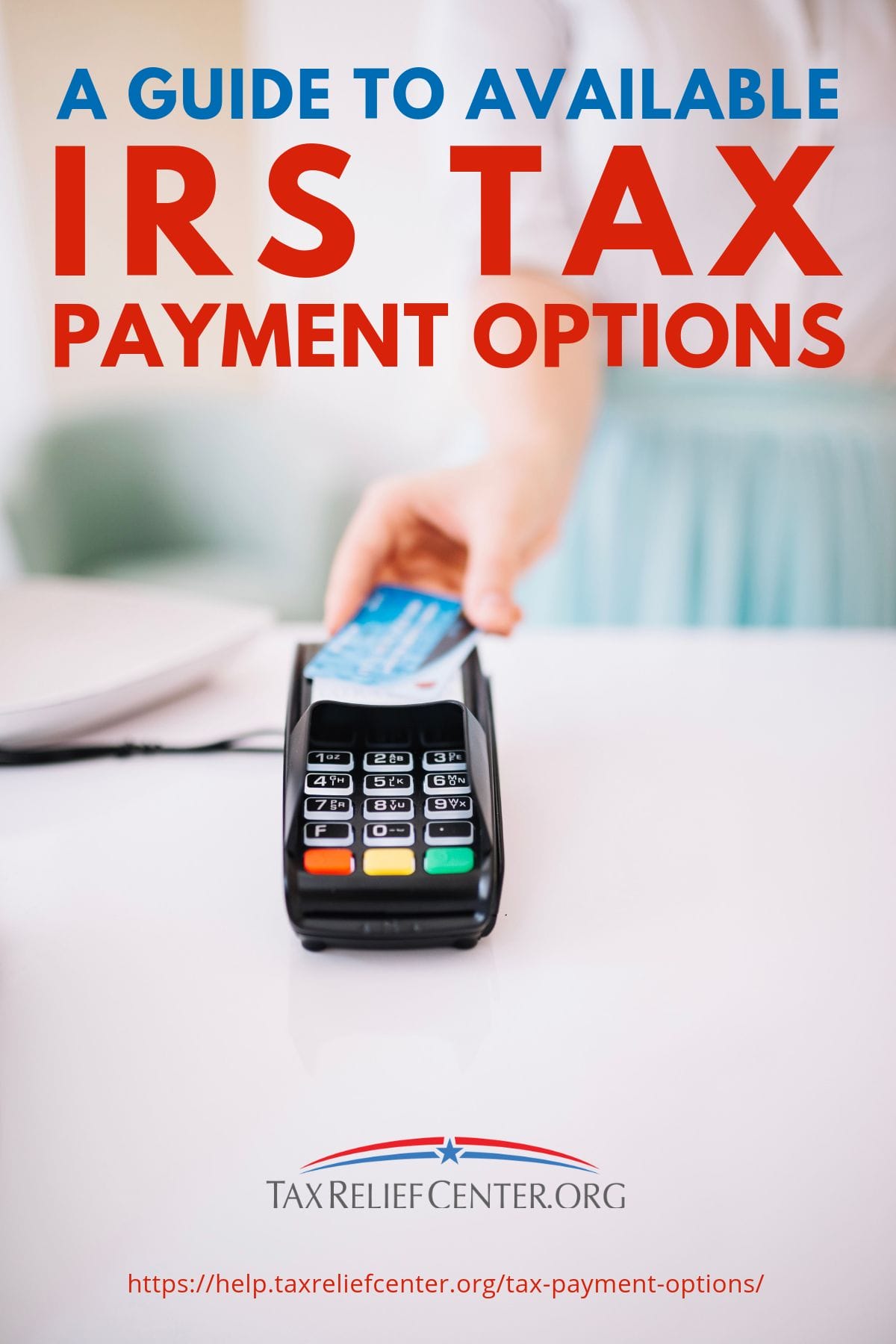Here are the different tax payment options the IRS allows, in preparation for April 15.
RELATED: A Step-By-Step Guide To Settling IRS Tax Debt
In this article:
- Cash Payment via Your Local IRS Office
- Cash Payment via PayNearMe
- Check Payments or Money Order
- Debit or Credit Card
- IRS Direct Pay
- Electronic Federal Tax Payment System (EFTPS)
- IRS2Go
- Tax Payments via Installment Agreement
- Offer in Compromise
What Are the Available IRS Tax Payment Options?
The Different IRS Tax Payment Options
IRS Payment Collections in Cash
The first step in successfully creating tax payments is filling out your tax return form.
To be safe, you may opt to submit your IRS payment before the actual deadline. This is to give allowance for payment processing.
One convenient payment method is paying in cash. Taxpayers have the option of paying via mail, dropping by the IRS office, or through PayNearMe.
1. Cash Payment via Your Local IRS Office
This may be one of the safest options for tax payments. You can visit your local taxpayer assistance center for federal tax payments in cash.
Take note that you have to call to schedule an appointment first. During the appointment, your local IRS office may also ask you to provide a valid ID, along with your Tax Identification Number and Social Security Number.
You can check out the IRS website to see the full list of all local IRS offices.
Federal offices typically have a Monday to Friday work schedule, except during federal holidays.
2. Cash Payment via PayNearMe
One convenient option is paying taxes through PayNearMe.
PayNearMe is an electronic payment platform that supports different types of payments between its users.
The IRS allows federal tax payments via PayNearMe. Although, take note that this platform’s usual processing time for payments is around two days.
Each payment also has a corresponding transaction fee and a daily maximum limit of $1,000.
3. Check Payments or Money Order

You can also create your IRS payment by mailing a check, money order, or even a cashier’s check, along with your Tax Form 4868.
You may also need to attach the following information on your check or money order:
a. The exact amount of the tax payment
b. A statement saying that the check is payable to the United States Treasury or U.S. Treasury
c. Social Security Number
d. Employee Identification Number
e. Tax period you are paying
f. Your tax form number
g. Your daytime phone number
You can send your check or money order along with the duly accomplished Tax Form 4868 to the IRS office address stated in your tax notice or tax form.
Take note you should not send any cash payments to the IRS via mail. You should also not staple the check or money order with the Tax Form.
You can also use an accomplished Tax Form 4868 as a payment voucher if you filed Form 4868 online before sending payments via mail.
IRS Online Tax Payment Collections
Aside from paying taxes through cash or check, you can also pay the IRS online through the following methods.
4. Debit or Credit Card
The IRS accepts debit and credit card payments through their authorized payment processors. To ensure maximum security, these payment processors have standard service providers the IRS solely uses for tax payments.
A processing fee of 2.49% to 3.93% goes when using cards for payment and an additional minimum convenience fee, depending on the payment processor.
And, your tax payment date will be the authorization date of the debit/credit charge.
RELATED: Penalty Abatement: 9 Factors That Can Qualify As Reasonable Cause
5. IRS Direct Pay
The IRS Direct Pay is an online facility that enables taxpayers to remit payments directly from their savings or checking accounts. It also gives the payer instant confirmation of their payments.
As for tax return filing, it allows a federal tax payment for Form 1040, 1040-A, Healthcare Forms, Retirement Plans, and Tax-Favored Accounts.
There are no opening fees or pre-registration requests.
This option can only accept tax payments of less than $10,000,000. There should also be no tax payments of more than twice within a span of 24 hours.
The IRS Direct Pay is available Mondays to Fridays, from 11:45 am to 12 midnight. On weekends, it is available from 7:00 am until midnight.
6. Electronic Federal Tax Payment System (EFTPS)

The EFTPS is a government website that also lets taxpayers pay federal tax payments electronically. It makes use of the EFTPS Voice Response System for processing.
For business taxpayers who wish to pay the IRS online with taxes worth $10,000,000 and above, the EFTPS may be the better option.
This is because the website has advanced functions, like the option to schedule advanced tax payments up to 365 days before the deadline.
7. IRS2Go
IRS2Go is a mobile app that also lets taxpayers pay the IRS online anytime, anywhere by giving users direct access to IRS Direct Pay.
Using the app, you can pay taxes online by directly linking your checking or savings accounts. You may also link your debit and credit cards subject to a processing fee.
This app is available in Amazon, and in both the Apple App Store and Google Play Store.
8. Tax Payments via Installment Agreement
During the tax-filing season, the IRS also reviews and evaluates each taxpayer’s ability to pay their tax debts.
If the IRS believes that a taxpayer cannot pay in full, then the IRS can grant installment agreement plans, which lets taxpayers pay in monthly installments.
You may choose between a short-term or a long-term plan for a payment extension.
A short-term plan refers to an extension of 120 days or less. There are no setup fees.
This plan requires you to make automatic payments by linking your bank accounts or through checks or money order.
Accrued interest and penalties will also apply until your tax debt is fully paid.
On the other hand, a long-term plan refers to an extension of more than 120 days. The setup fee may range anywhere from $31 to $225.
This plan requires tax payments to be automatically withdrawn through direct debit. This is also known as the Direct Debit Installment Agreement (DDIA).
Other non-direct debit methods, such as IRS Direct Pay, are also allowed. Accrued interest and penalties are also present until the tax debt is fully paid.
9. Offer in Compromise

You can also request for an Offer in Compromise through the IRS Fresh Start Program by submitting Form 656-B.
The IRS Fresh Start Program lets qualified taxpayers pay off their taxes at a lesser amount. This program can also help you avoid any possible tax lien.
You may qualify for an Offer in Compromise if your tax liability is $50,000 and below. Another qualification is your ability to pay through an automatic monthly debit arrangement for 72 months or 6 years.
You may also apply for this program to receive a lien withdrawal.
The IRS will grant this if your tax debt balance is already fully paid. You may also qualify if your tax balance is below $25,000 and you agree to pay with an installment agreement plan.
To help the taxpayers make payments on time, the IRS has several different tax payment methods. You can choose to pay in cash, make online payments, or even through an installment plan.
By careful evaluation of each of the methods, you can choose which one is best for you.
What tax payment method do you usually go for? Share your tips in the comments section below.
UP NEXT:
- Tax Penalty Abatement | What Is It And How To Do It
- Need To Call The IRS? | 6 Ways To Get In Touch
- Tax Debt Consolidation As A Solution


